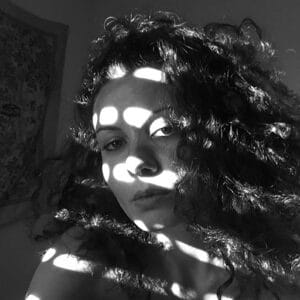I recently came back from a working trip in Al Ula, a governorate in the desert dominated by monumental sandstone formations 1,100 km from Riyadh, north-west Saudi Arabia. As a result of the Saudi cultural commission’s resolution to open up to touris...



